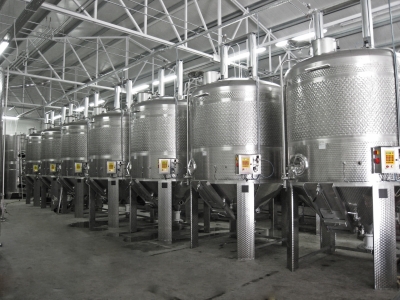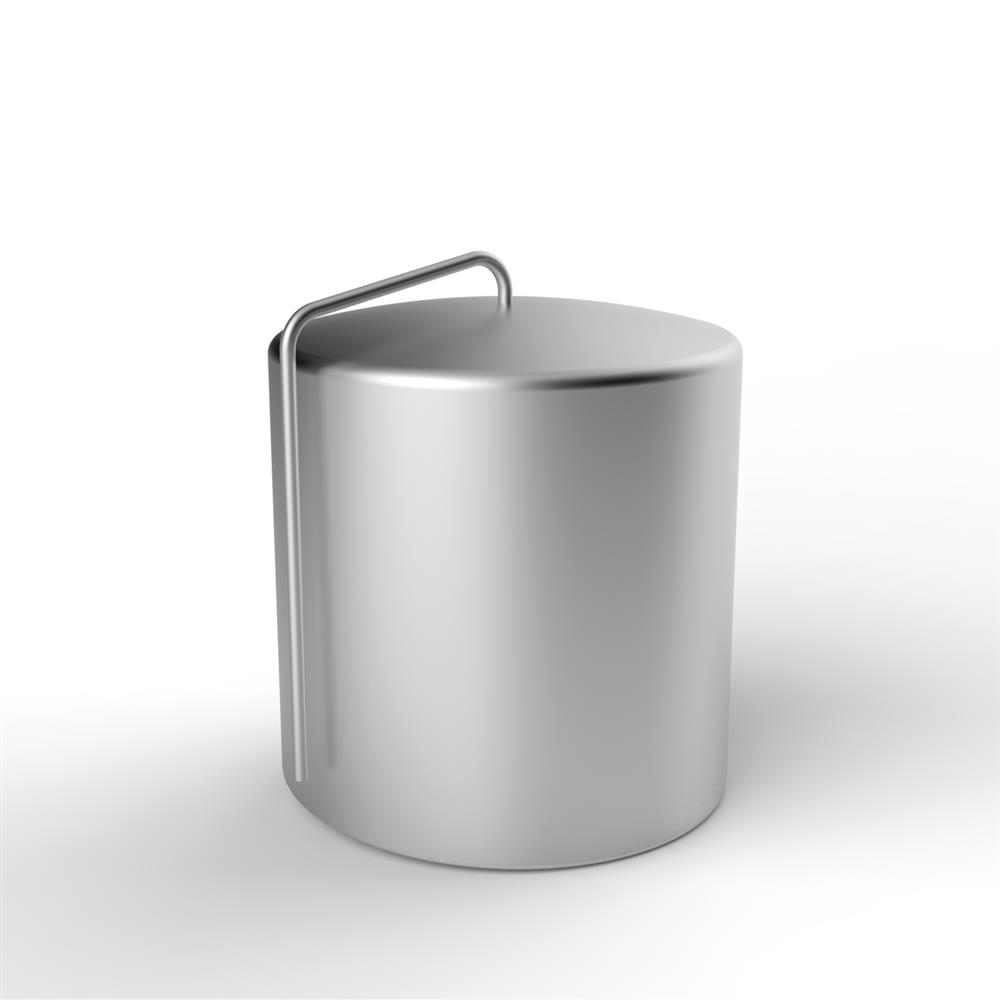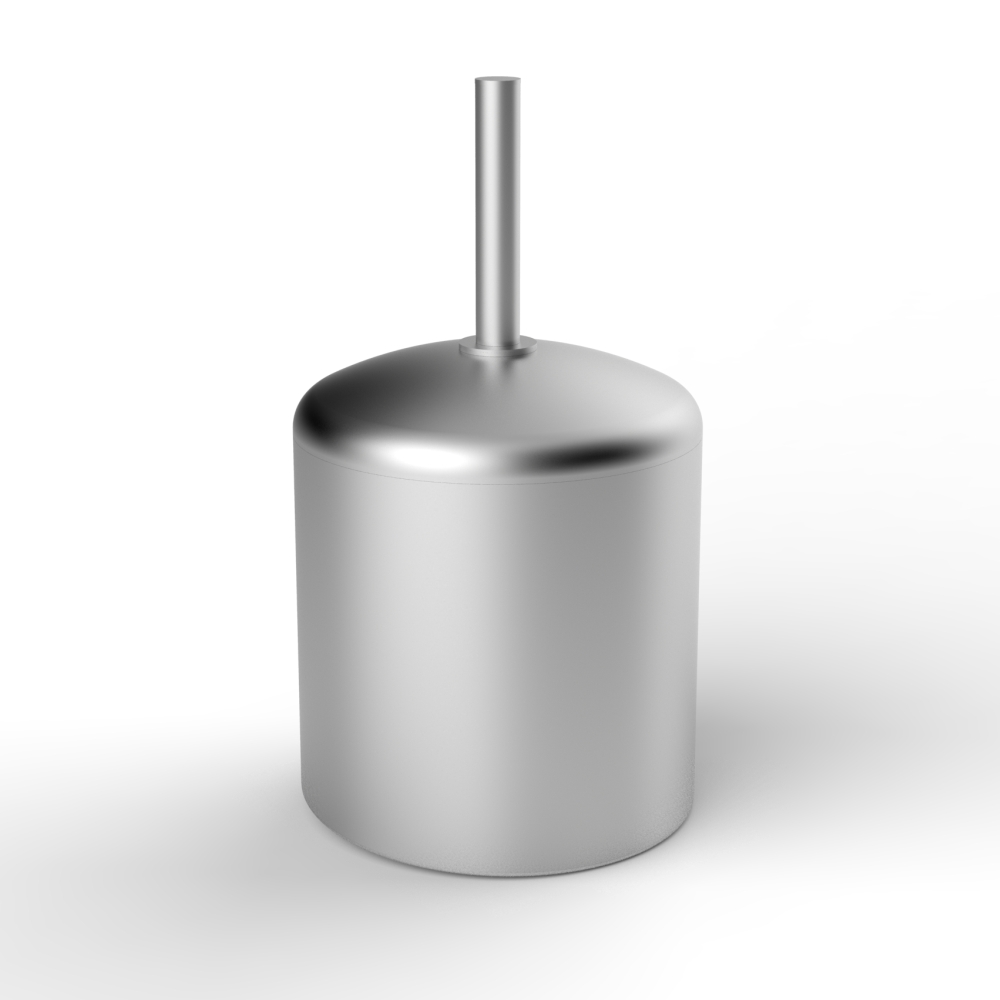- cap submerging/soaking intensity,
- proper pomace temperature,
- maceration time.
While selecting a fermenter, you should take into account:
- the work area (dimensions and layout),
- the estimated pomace quantity for maceration (open-top fermenters are more suitable for smaller pomace amounts),
- the vine variety (some varieties require more airing during maceration),
- the desired process automation level.

Temperature regulation and control
Accurate temperature control during the vinification process is extremely important. Temperature affects virtually all biological, physical, and chemical processes in grapes and must that determine the final character of the wine. An integrated cooling and heating system enables the winemaker to have an active role in the processes that occur inside the tank during vinification, make adjustments and achieve the desired results.
With temperature regulation and control, you can influence:
- start of fermentation (initial temperature),
- fermentation intensity,
- wine stabilization,
- stored wine temperature.
Learn more about temperature regulation
Process automation
We offer different control unit designs (classic with keypad or with touch screen), which can automate most of the vinification process. The control unit enables manual or automatic operating, setting punch-down cycles, pump operation control, pip removal valve control, air injection control, and cooling and heating regulation. You can also connect to the central control system.
Air injection system
Gas (filtered air from the compressor or nitrogen) can be supplied into the tank during pomace fermentation using 2–4 injection units, depending on tank dimensions. Controlled must airing (oxidation) has a beneficial effect on the tannin to anthocyanin ratio and on color intensity and stability.
Maceration type
At Škrlj d.o.o., we offer different fermenter designs. You can choose a pump-over or a punch-down fermenter, or even a design that is a combination of both:
- pump-over fermenters (open or closed system),
- punch-down fermenters (open system with dismantling lid, closed system, fermenter with pip removal equipment).


